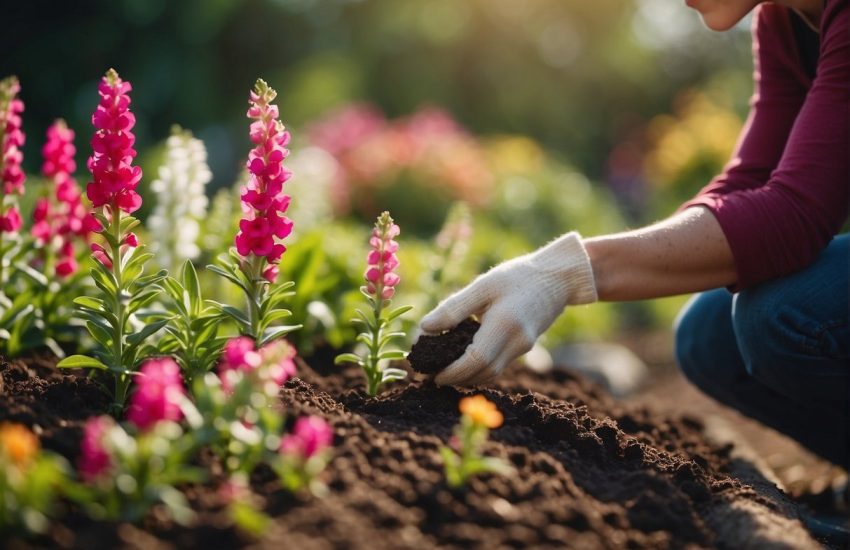Is Coleus a Perennial? A Comprehensive Guide to Coleus Plant
Coleus is a popular plant known for its vibrant foliage and ease of care. However, many gardeners are left wondering whether coleus is a perennial or an annual. The answer to this question is not straightforward, as it depends on several factors.
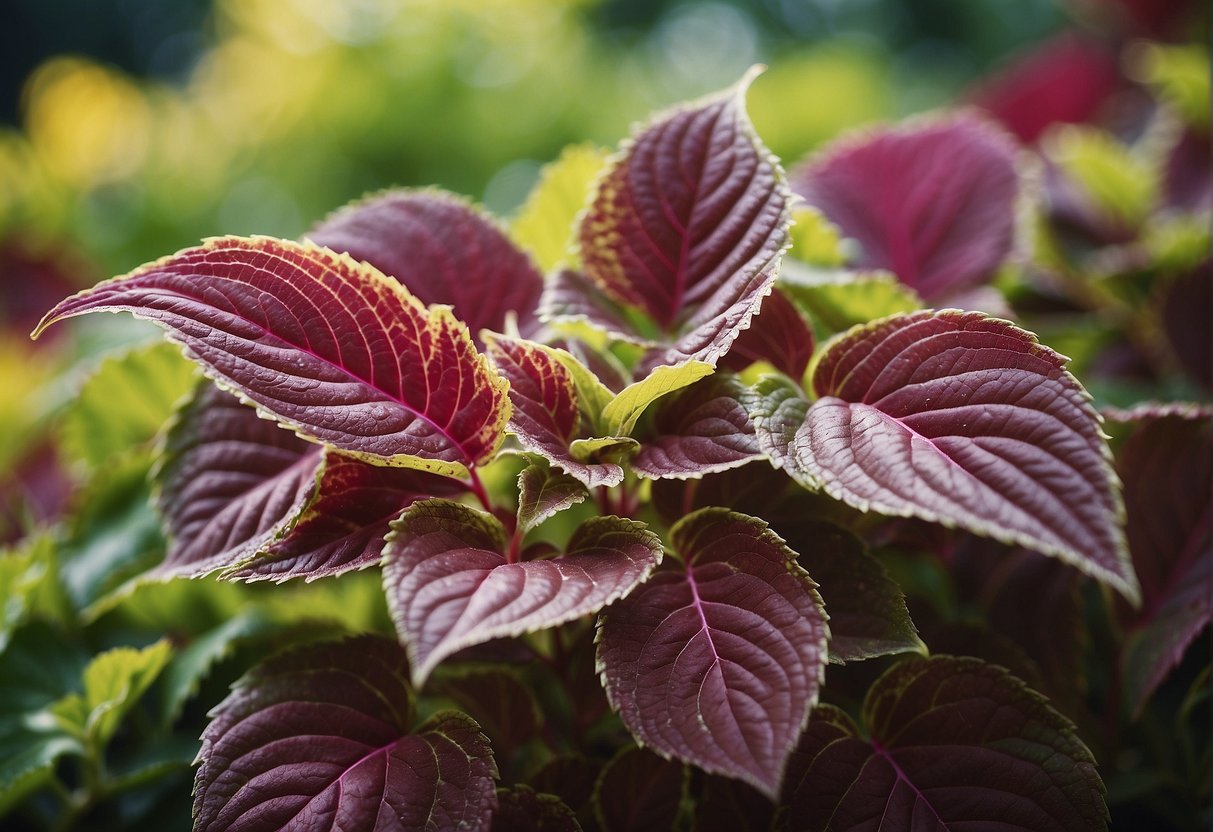
Firstly, it is important to understand what is meant by the terms “perennial” and “annual”. Perennial plants are those that live for more than two years, while annual plants complete their life cycle in one growing season and then die. Coleus is typically grown as an annual in most regions, meaning that it is planted in the spring and dies off in the fall. However, in warmer climates, coleus can be grown as a perennial, as it is able to survive through the winter months.
Despite this, coleus is often treated as an annual even in warmer climates, as it tends to become leggy and less attractive after a few years. Additionally, many gardeners prefer to replant their coleus each year to ensure that they have a fresh batch of vibrant foliage. Ultimately, whether coleus is considered a perennial or an annual depends on the region and the preferences of the gardener.
Understanding Coleus
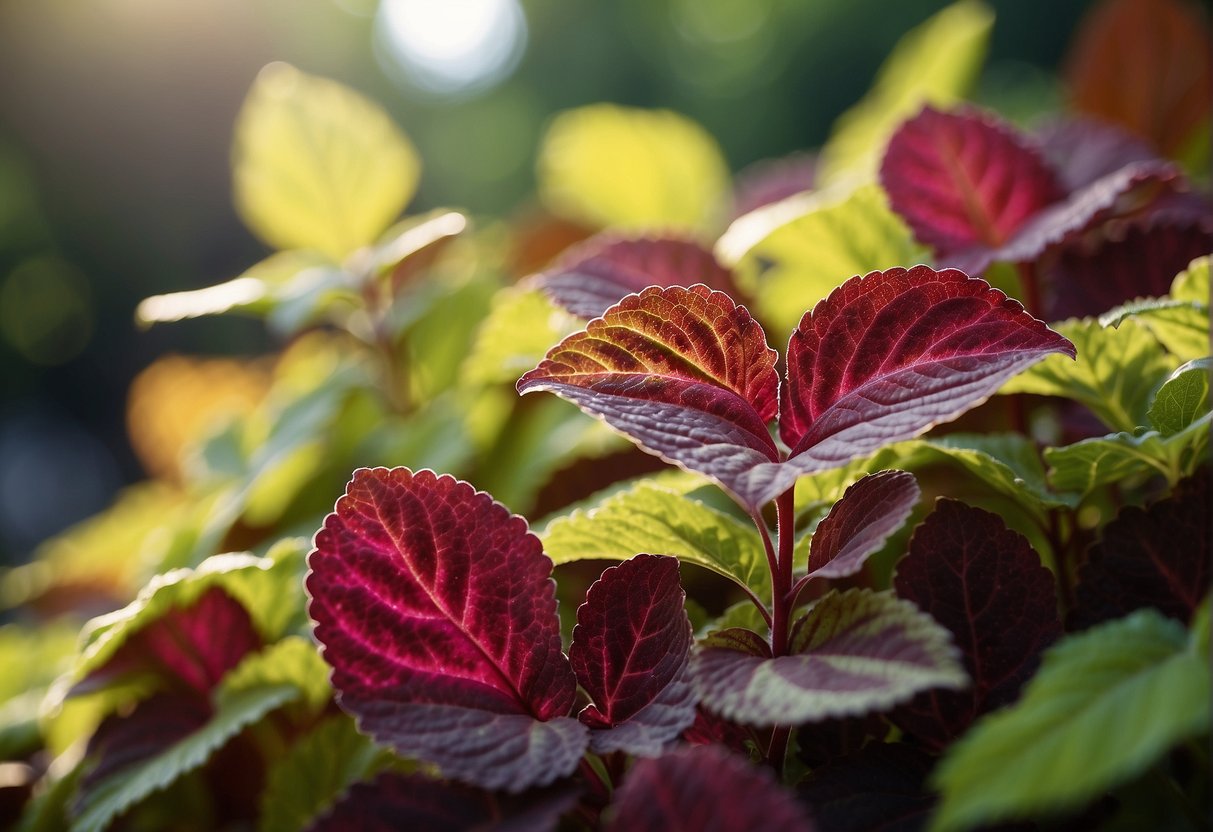
Botanical Profile
Coleus, scientifically known as Plectranthus scutellarioides, is a member of the mint family (Lamiaceae). It is a popular ornamental plant grown for its attractive foliage colors and patterns. Coleus plants are native to tropical regions of Africa, Asia, and Australia.
Coleus is a tender perennial that is usually grown as an annual in most regions. It grows up to 3 feet tall and wide, depending on the variety. The leaves are usually large, ranging from 2 to 6 inches long, and come in a wide variety of colors, patterns, and shapes.
Varieties and Colors
Coleus plants are available in a wide range of varieties and colors. Some of the popular varieties include ‘Wizard’, ‘Kong’, ‘Versa’, ‘Premium Sun’, and ‘Main Street’. These varieties come in a range of colors including red, pink, burgundy, purple, yellow, orange, and lime green.
Coleus plants are also known for their unique foliage colors and patterns. Some of the popular foliage colors include green, chartreuse, bronze, and black. The foliage patterns can range from solid colors to variegated patterns with stripes, spots, and splashes.
In conclusion, Coleus is a tender perennial plant that is grown for its attractive foliage colors and patterns. It is available in a wide range of varieties and colors, making it a popular choice for gardeners and landscapers alike.
Cultivation and Care
Planting and Soil Requirements
Coleus is a popular ornamental plant that can be easily grown in gardens or containers. It prefers well-draining soil that is rich in organic matter. A pH range of 6.0 to 7.5 is ideal for coleus growth. The plant can be propagated by seeds or cuttings. When planting coleus, make sure to space them at least 12 to 18 inches apart.
Watering and Fertilizing
Coleus requires regular watering to keep the soil moist. Avoid overwatering as it can lead to root rot. Water the plant deeply once a week or more frequently in hot weather. Fertilize the plant with a water-soluble or slow-release fertilizer every four to six weeks during the growing season.
Sunlight and Temperature
Coleus grows best in partial shade or filtered sunlight. It can tolerate full sun in cooler climates but may struggle in hot and dry conditions. The plant prefers temperatures between 60 and 75 degrees Fahrenheit.
Pruning and Shaping
To encourage bushy growth, pinch the tips of the coleus plant when it reaches 6 inches in height. Prune the plant regularly to remove any yellow or dead leaves. Coleus can be shaped into a desired form by pruning and shaping.
Overall, coleus is a low-maintenance plant that can add color and texture to any garden or container. With proper care and attention, it can thrive for many years as a perennial.
Potting and Propagation
Container Gardening
Coleus is a versatile plant that can be grown in containers, making it an excellent choice for indoor gardening. When selecting a container, it is important to choose one that is large enough to accommodate the plant’s root system. A 6-8 inch pot is recommended for a single plant.
To ensure proper drainage, it is essential to use a container with drainage holes at the bottom. Coleus prefers well-draining soil, so it is recommended to use a potting mix that contains perlite, vermiculite, or sand. It is also important to fertilize the plant every two weeks during the growing season with a balanced fertilizer.
Coleus can be grown in hanging baskets, window boxes, or any other container that provides adequate space for the plant to grow. It is important to keep the plant in a location that receives bright, indirect light and to water it regularly to prevent the soil from drying out.
Propagating Coleus
Coleus can be propagated by taking cuttings from a mature plant. To do this, select a healthy stem and cut it just below a leaf node. Remove the leaves from the bottom half of the stem, leaving only a few at the top. Dip the cut end of the stem into rooting hormone and plant it in a pot filled with potting mix.
Keep the pot in a location that receives bright, indirect light and water the cutting regularly to keep the soil moist. After a few weeks, the cutting should start to grow new roots and leaves.
Another way to propagate coleus is by layering. This involves bending a branch down to the soil and covering it with a layer of soil. After a few weeks, roots should start to grow from the covered section of the stem. Once roots have formed, the stem can be cut from the parent plant and potted up.
Overall, coleus is a relatively easy plant to propagate and grow in containers, making it an excellent choice for indoor gardening. With proper care and attention, it can provide a beautiful splash of color to any room.
Pest and Disease Management
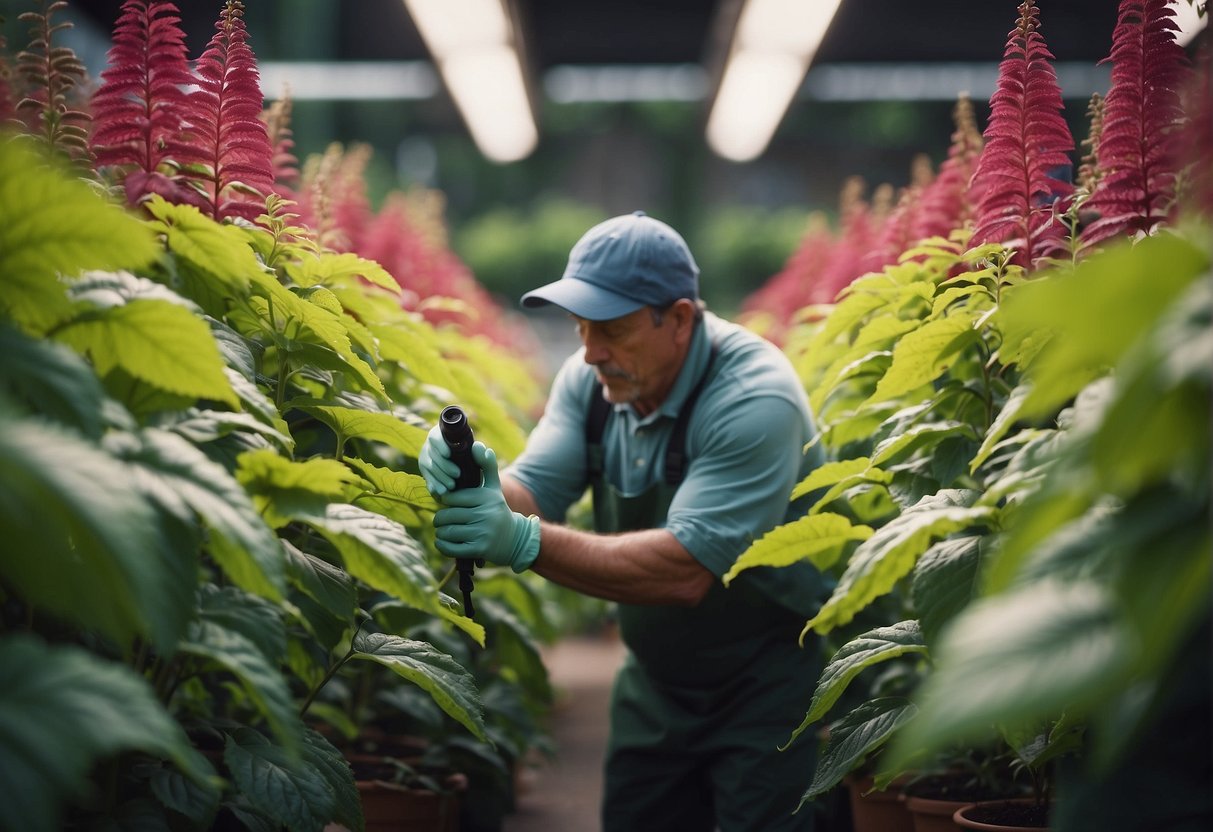
Common Pests
Coleus plants are susceptible to several pests, including aphids, whiteflies, mealybugs, and spider mites. These pests can cause damage to the plant by feeding on its sap and causing wilting, yellowing, and stunted growth. To prevent an infestation, it is important to keep the plant healthy and well-maintained.
Regularly inspect the plant for any signs of pest activity, such as sticky residue or black sooty mold on the leaves. If an infestation is detected, it can be treated with insecticidal soap or neem oil, which are effective and environmentally friendly options.
Disease Prevention
Root rot is a common disease that can affect coleus plants, especially if they are overwatered or planted in poorly draining soil. To prevent root rot, it is important to ensure that the soil is well-draining and that the plant is not overwatered.
In addition, it is important to practice good hygiene when caring for the plant, such as regularly cleaning pruning shears and avoiding touching the plant with dirty hands. This can help prevent the spread of disease and keep the plant healthy.
Overall, with proper care and attention, coleus plants can be a beautiful and long-lasting addition to any garden or indoor space.
Seasonal Considerations

Annual vs. Perennial
Coleus plants can be grown as either annuals or perennials, depending on the climate and growing conditions. In areas with mild winters, coleus can be grown as perennials, while in colder regions, they are typically grown as annuals.
In general, coleus plants grown as annuals tend to have more vibrant colors and larger leaves than those grown as perennials. This is because annuals are grown for one season only and can put all their energy into producing showy foliage. Perennials, on the other hand, must conserve their energy for future growth and reproduction.
Overwintering Coleus
In areas where coleus can be grown as perennials, it is important to take steps to protect the plants during the winter months. Coleus is a tender perennial and is susceptible to frost damage.
To overwinter coleus, it is best to bring the plants indoors before the first frost. They can be kept in a sunny window or under grow lights. Coleus plants prefer bright, indirect light and well-draining soil. Water sparingly during the winter months, as the plants will not be actively growing.
In areas with mild winters, coleus can be left outdoors, but it is still important to protect the plants from frost. Cover them with a frost cloth or other protective covering on nights when frost is expected.
It is also important to consider the hardiness zone of the coleus variety when deciding whether to grow it as a perennial. Some varieties are more cold-tolerant than others and can survive in colder climates. Check the hardiness zone of the variety before planting to ensure it is suitable for your region.
Overall, coleus is a versatile and beautiful plant that can be grown as both an annual and a perennial. With proper care and attention, it can provide years of enjoyment in the garden or as a houseplant.
Frequently Asked Questions
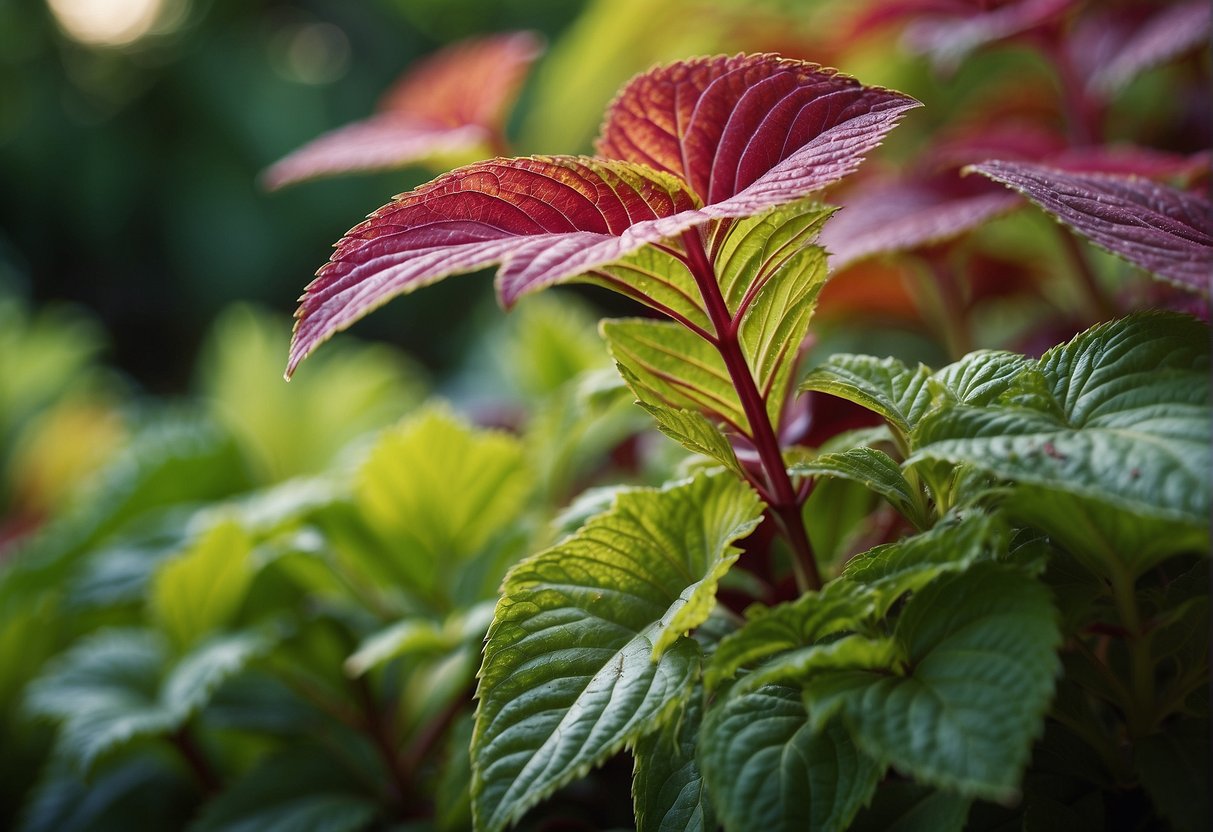
What are the ideal conditions for growing coleus?
Coleus plants prefer well-draining soil that is rich in organic matter. They thrive in warm temperatures and require regular watering to keep the soil moist. Coleus plants also benefit from regular fertilization during the growing season.
How do you care for coleus during the winter months?
Coleus plants are sensitive to cold temperatures and should be brought indoors before the first frost. They can be grown as houseplants during the winter months, but they require bright, indirect light and regular watering. If grown outdoors, coleus plants should be covered with a layer of mulch to protect them from the cold.
In which USDA zones is coleus considered a perennial plant?
Coleus plants are typically grown as annuals in most USDA zones. However, they can be grown as perennials in zones 10 and 11, where the temperatures do not drop below 30°F.
Can coleus plants thrive in both sun and shade environments?
Coleus plants prefer partial shade to full shade, but they can also tolerate some direct sunlight. However, too much sunlight can cause the foliage to scorch and lose its vibrant color.
Will coleus plants return year after year in the garden?
Coleus plants are typically grown as annuals and do not usually survive the winter. However, they can be grown as perennials in warmer climates.
Does coleus have the ability to self-seed, and if so, under what conditions?
Coleus plants do have the ability to self-seed, but it is not common. They are more commonly propagated from cuttings or by division. If left to flower, coleus plants may produce seed pods that can be harvested and planted, but the resulting plants may not be true to the parent plant.


